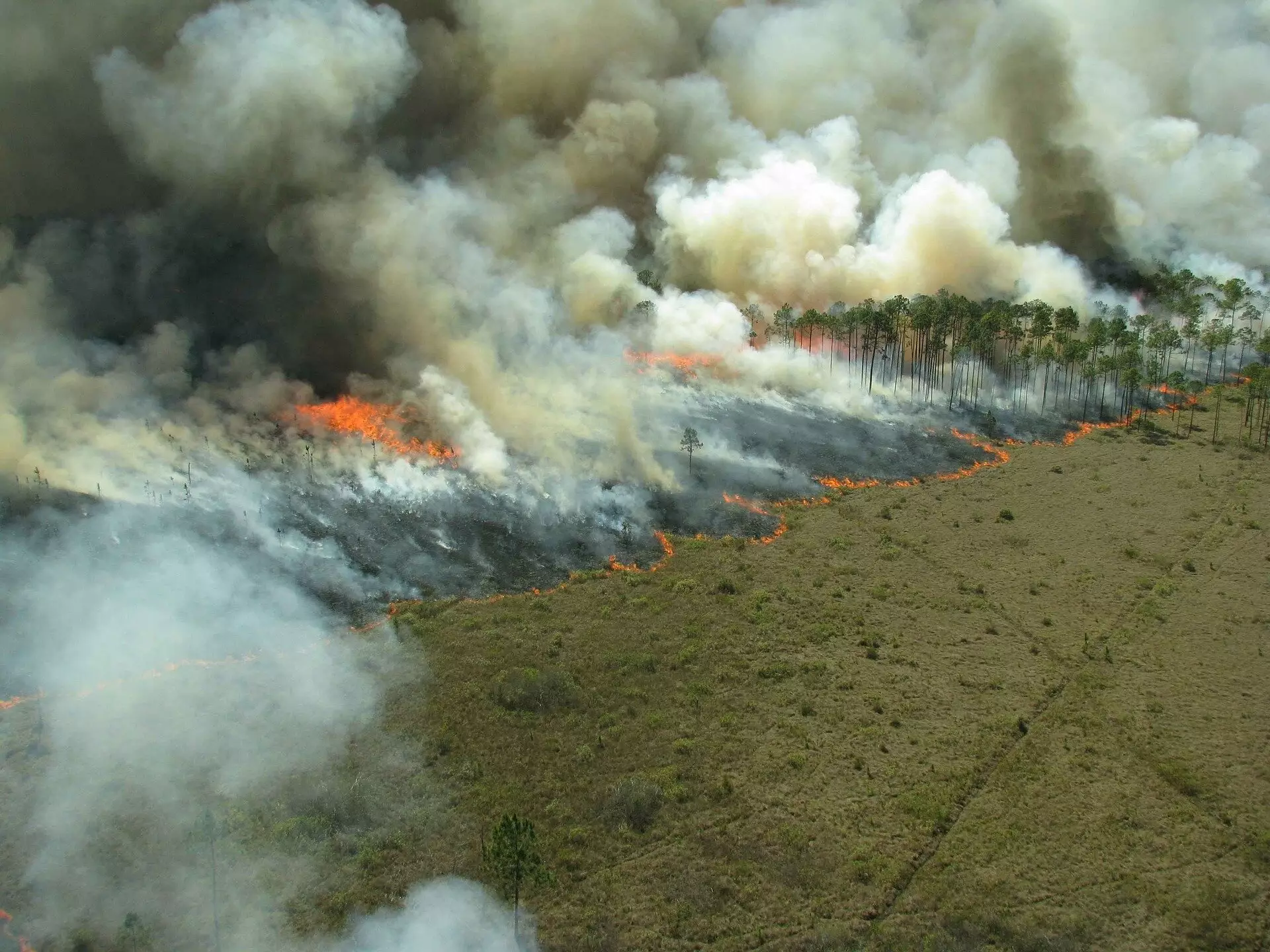In the management of fire-prone landscapes in the American West, a new and counterintuitive practice has emerged. Instead of focusing solely on suppressing wildfires, managers are now turning to prescribed burns as a way to prevent larger, more destructive fires. Prescribed burns are controlled fires that reduce the buildup of fuel, such as grasses, leaves, and branches, ultimately minimizing the risk of severe wildfires. However, this practice also comes with its own set of challenges, particularly in terms of air quality and smoke exposure. This article will explore the delicate balance between the benefits of prescribed burning and the potential health risks associated with increased smoke emissions.
A team of international researchers led by the University of Washington has developed a framework to help land managers evaluate the air quality implications of different prescribed burning scenarios. By linking together various models that estimate the effects of smoke from prescribed burns on ecosystems and nearby communities, researchers were able to analyze the long-term benefits and short-term smoke costs of fuel reduction. In a study focused on California’s Central Sierra range, the researchers found that moderate levels of prescribed burning resulted in reduced overall smoke levels. However, it was also discovered that greater amounts of prescribed fires could pose significant health hazards. The study’s findings were published in two separate papers, highlighting the impact on overall smoke production during wildfire seasons and the specific effects on outdoor agricultural workers.
One key challenge highlighted by the research is the trade-off between reducing wildfire risks and compromising air quality. Prescribed burning can effectively reduce the severity of wildfires and lower emissions. The controlled nature of prescribed burns allows for strategic planning and coordination, unlike the unpredictability of wildfires. However, communicating this trade-off has historically been challenging. The researchers emphasize the need to quantify the impact on human health more accurately, especially at a local scale. By focusing on the Tahoe Central Sierra Initiative, a vast area covering public, private, and commercial land, the study offers insights into the relationship between prescribed burning and potential health risks.
Analyzing Forest Management Scenarios
The research team examined six forest management scenarios ranging from Minimal Management to the Fire++ scenario, which involved a significant amount of prescribed burning. Each scenario was assessed using models that estimated the smoke generated by both wildfires and prescribed burns, as well as the health impacts on nearby communities. The results consistently showed that scenarios including prescribed burning resulted in shorter wildfire smoke seasons with less overall smoke. The model indicated that a moderate amount of prescribed burning, referred to as the Fire scenario, produced the lowest levels of fine particle concentrations (PM2.5). Scenarios with higher levels of burning, such as Fire+ and Fire++, resulted in slightly more total smoke.
The findings of this study provide valuable insights for forest managers across the country. The methods utilized in the research should be replicated to incorporate public health considerations into management planning for specific landscapes. By finding the optimal balance between prescribed burning and mitigating extreme wildfire risks, forest managers can reduce the severity of fires, subsequently lowering emissions. Furthermore, coordination with health agencies is crucial in planning for the smoke generated by prescribed burns. While the exact placement of the prescribed burn “sweet spot” may vary depending on the landscape, the overarching goal remains the same – minimizing the impacts on both forest health and air quality.
Prescribed burning has emerged as a promising strategy for managing fire-prone landscapes in the American West. By strategically setting controlled fires, land managers can prevent larger, more destructive wildfires. However, the practice of prescribed burning must be carefully balanced with the potential health risks associated with increased smoke emissions. The research conducted by the University of Washington and its international team of researchers provides insight into the complex trade-off between forest health and air quality. By quantifying the impacts of prescribed burning on smoke exposure and human health, the study underscores the need for better integration of data and methods across sectors. As forest managers and communities seek to prepare for fire seasons, it is essential to find the optimal level of prescribed burning that minimizes smoke while reducing wildfire risks. By incorporating public health considerations and coordinating efforts with relevant agencies, forest managers can strike a balance that results in healthier forests and communities.


Leave a Reply